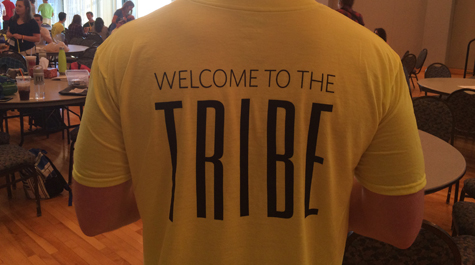FYE provides a head start in the march through college
Under the auspices of Student Affairs, William & Mary sported a strong, well-respected student orientation program for many years.
But times change, philosophies change, students change and, as the saying goes, you’re either moving forward or you’re retreating.
So in 2013, Vice President for Student Affairs Ginger Ambler '88, Ph.D. '06, decided to create the framework of something new, turning the first-year orientation committee into an office of its own.
That’s how First Year Experience (FYE) was born. Under the guidance of Lauren Garrett ’02, the office has expanded to support first-year students of all stripes, not just those who have just left high school. W&M includes transfers, exchange students who may not spend more than a semester or two at the university, students in their second year participating in the St Andrews Joint Degree Programme.
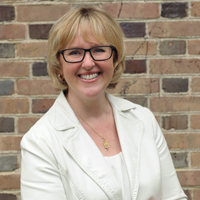 “First Year Experience is focused especially on helping new students begin to find their place in this new community — within residence halls, academic classes, clubs and organizations, even the Williamsburg area generally,” Ambler explained. “Promoting such community connections is an essential way of supporting student success and their personal well-being in the first year.”
“First Year Experience is focused especially on helping new students begin to find their place in this new community — within residence halls, academic classes, clubs and organizations, even the Williamsburg area generally,” Ambler explained. “Promoting such community connections is an essential way of supporting student success and their personal well-being in the first year.”
Digging and enriching
Garrett said she returned to her alma mater fully aware that FYE was expected to grow, that there was interest in additional collaborative programming, “in us digging deeper and figuring out what was happening within our first-year student population. What are the resources they need to know first and foremost, especially when you think about the amount of information given to them in the first week, then even more when they pop into classes and start academic schedules. How can we help make sure the information is being tailored and distributed so that it’s not a one-session info dump?”
The recently completed Opening Convocation marked the end of a student’s initial transition into W&M, but really starts their journey through the university, Garrett said.
During the last couple of years, Garrett’s office has implemented several initiatives outside the scope of a traditional first-year experience.
Better by the dozen
There’s “By the Dozen,” where her office reaches out to professors who have more than 35 students in their class, half of whom are new, and invites them to host an activity where 12 of those students would join them. It could be a meal or a tour. The idea resonated with both sides.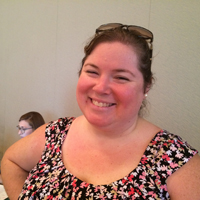
“They allowed students to engage with faculty in an environment very open and based on the building of relationships, and gave them a chance to share about themselves and why William & Mary and why this topic of interest,” Garrett said. “And it gave faculty members the chance to help connect these students to either other faculty with similar interests or even better connect them to the coursework.
“We had one student tell us he went to a By the Dozen because he wasn’t grasping the coursework and was hoping he could get some one-on-one time or maybe hear from others that they, too, weren’t getting it. We followed up and the student said he had better attention when he came back to the classroom because he felt like he knew professor so and so.”
That program continues, and has grown.
Enlisting aid from older students
More recently, FYE has fed off an intense interest by upper-class students in seeing their incoming peers succeed – and being part of that process.
A First-Year Initiative (FYI) directorate was established last spring that encompasses the collaborative programming and event building that FYE does over the course of the academic year.
It is split into five areas, each with a student director who has been trained to develop programming ideas: academic and career exploration, health and wellness, community development, student engagement and distinctive populations. This year's student directors are Laini Boyd '18 (community development), Roselyn Buensuceso '19 (student engagement), Amanda Lewe '19 (academic and career exploration), Alex Plofchan '17 (distinctive populations) and Luis Vargas '18 (health and wellness).
For example, Lewe is going to host pre-major advising sessions in conjunction with the pre-major faculty-advising network. In conjunction with Dean of Undergraduate Studies Janice Zeman and Dean for Educational Policy Lu Ann Homza, the branch is also offering a series called “Dinner with a dean.”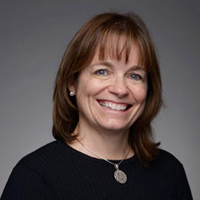
Twice a month, faculty members will meet with first-year students, to, as Garrett said, “talk through bigger academic issues.”
“It’s going to be on a smaller scale, more personal, and allow for more personal questions,” she said. “We know our students really enjoy those opportunities to get deeper into the conversation.”
The Boyd's community development area is designed to help students “think of community in a big-picture way,” Garrett said.
“How do we interact with one another at William & Mary,” she said. “What issues or concerns should we be mindful of? This might be where we talk inclusion or equity or we might talk race, ethnicity and campus climate.”
Buensuceso's task with student engagement is to focus on how the community supports one another in areas such as athletics or other activities. Also, what are students doing to engage with the Williamsburg community?
Plofchan's distinctive population area refers to programming aimed at supporting the transition that transfers, military veterans, or gap-year students, those who have been approved to defer their admission into the university for a year in order for them to pursue personal growth.
“The FYI directorate has been the biggest move for us in terms of thinking about the office being larger than just orientation,” Garrett said.
Parent & Family Programs
In combination with the Alumni Association and Alumni Engagement, FYE works closely with Parent & Family Programs in offering receptions for all incoming students. Last year, Parent & Family Programs hosted more than 45 of them, spanning the state, country and five international locations to welcome new students and their families into the community.
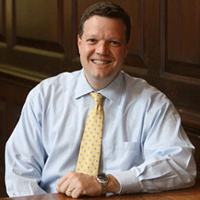 “Families are a huge factor in the success of their children,” said Mark Sikes, associate dean of students. “They have been involved in just about every aspect of their lives for the last 17 or 18 years, and we need to remember that they too are going through a life transition.
“Families are a huge factor in the success of their children,” said Mark Sikes, associate dean of students. “They have been involved in just about every aspect of their lives for the last 17 or 18 years, and we need to remember that they too are going through a life transition.
“As students start a new chapter in their life, parents are also starting a new chapter of theirs. Believe it or not, the transition is probably more difficult for parents than it is for the new student.”
Garrett called the receptions “a huge blessing” and said that because W&M alumni and current parents regularly host these events – often in their homes – it reinforces “the family environment we’re trying to create on campus.”
She added that the competitive nature students developed in high school – one many of them rode to admission into W&M – “melts away” once new students begin to interact with one another.
“The ‘One Tribe, One Family’ really resonates with them because they understand that this is a transition they are going through together,” she said. “We encourage students to move away from trying to recreate their high school experiences, or their previous college experiences. This is an exciting new chapter in their lives.”
 Skip to main content
Skip to main content

